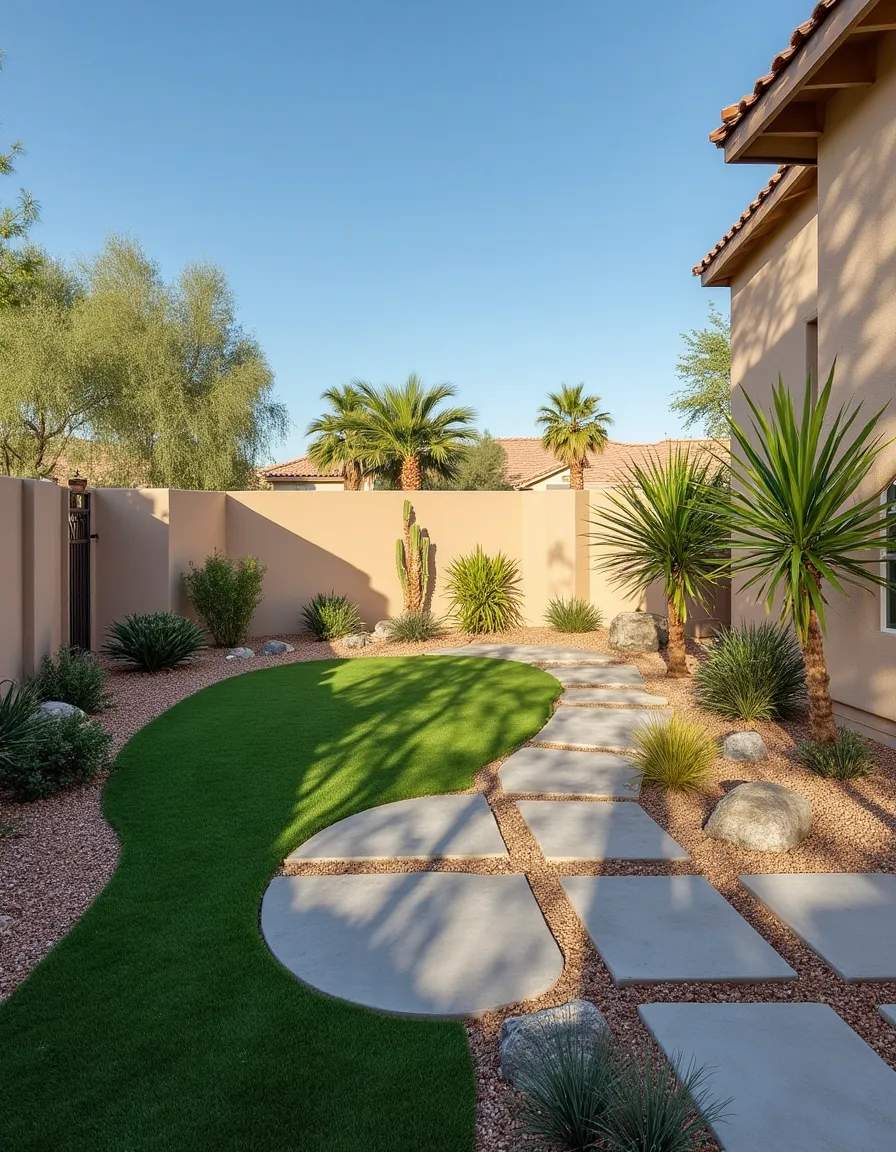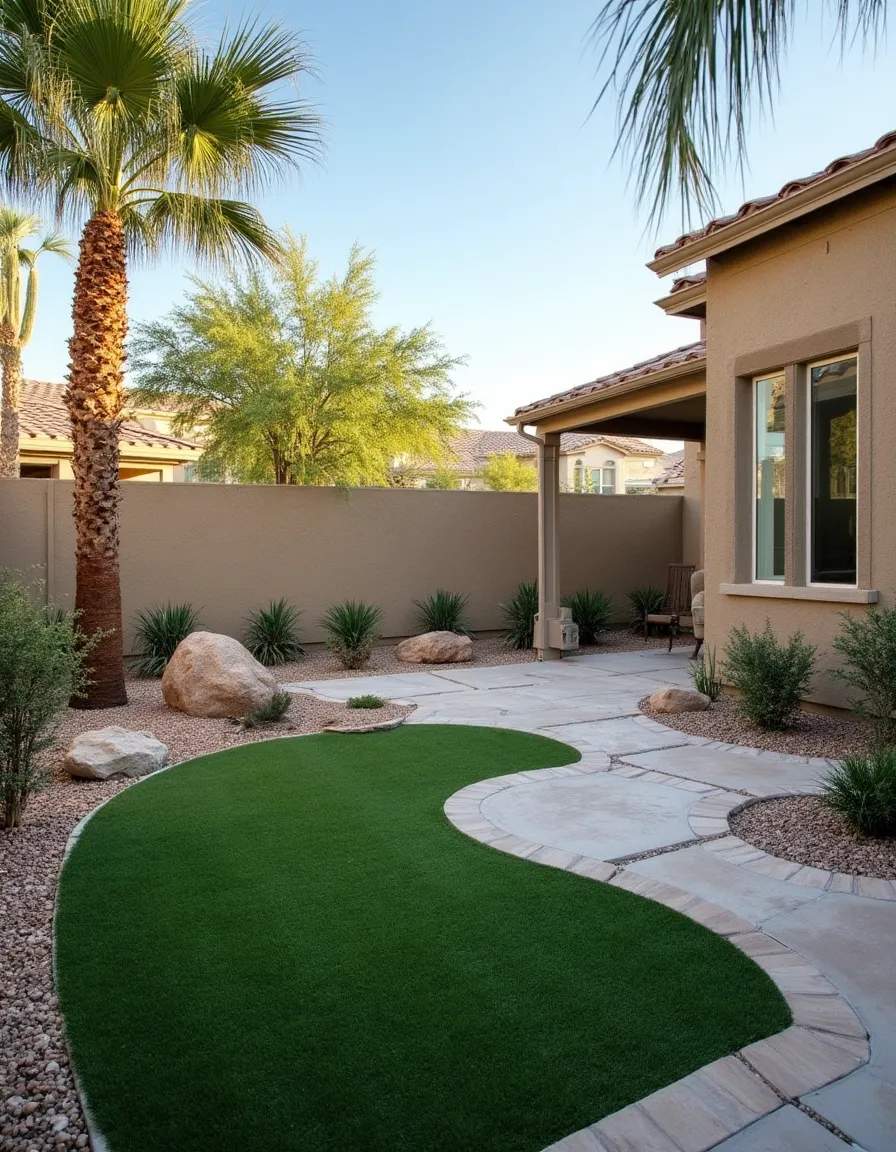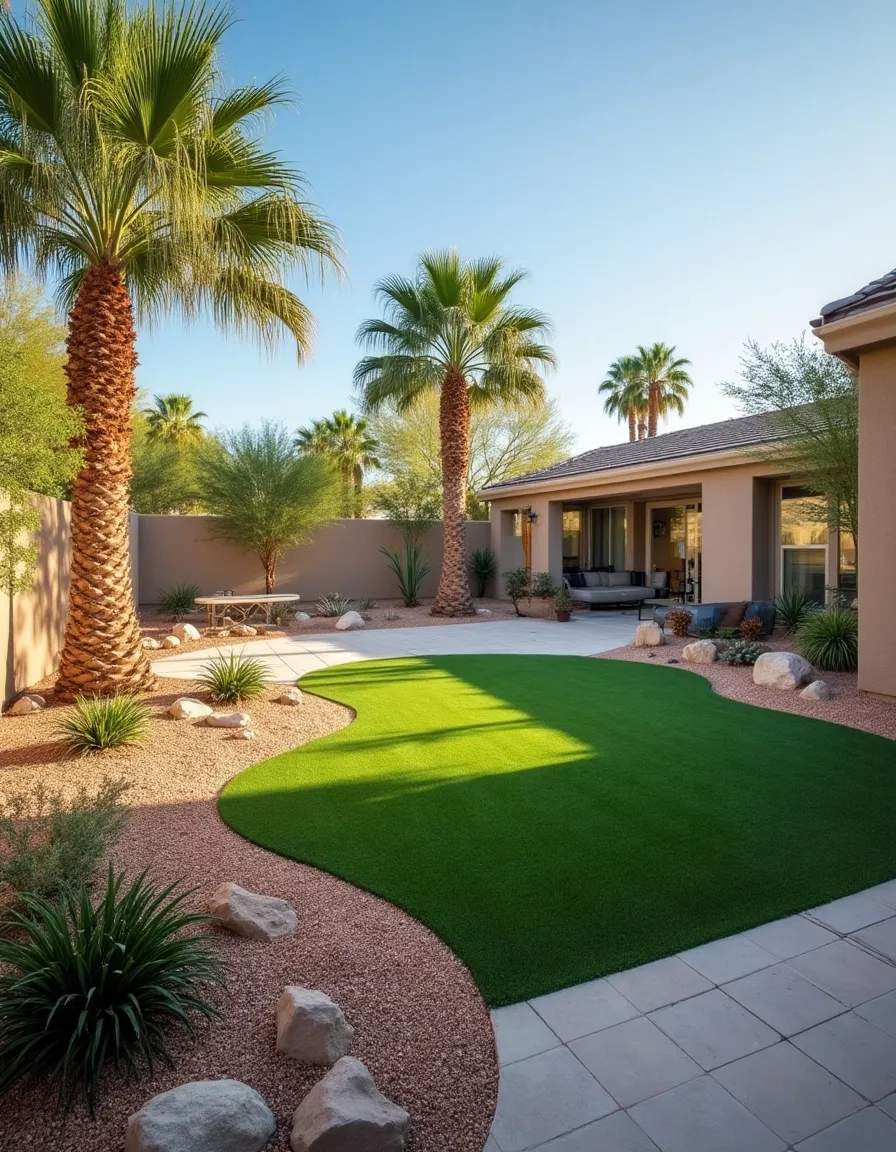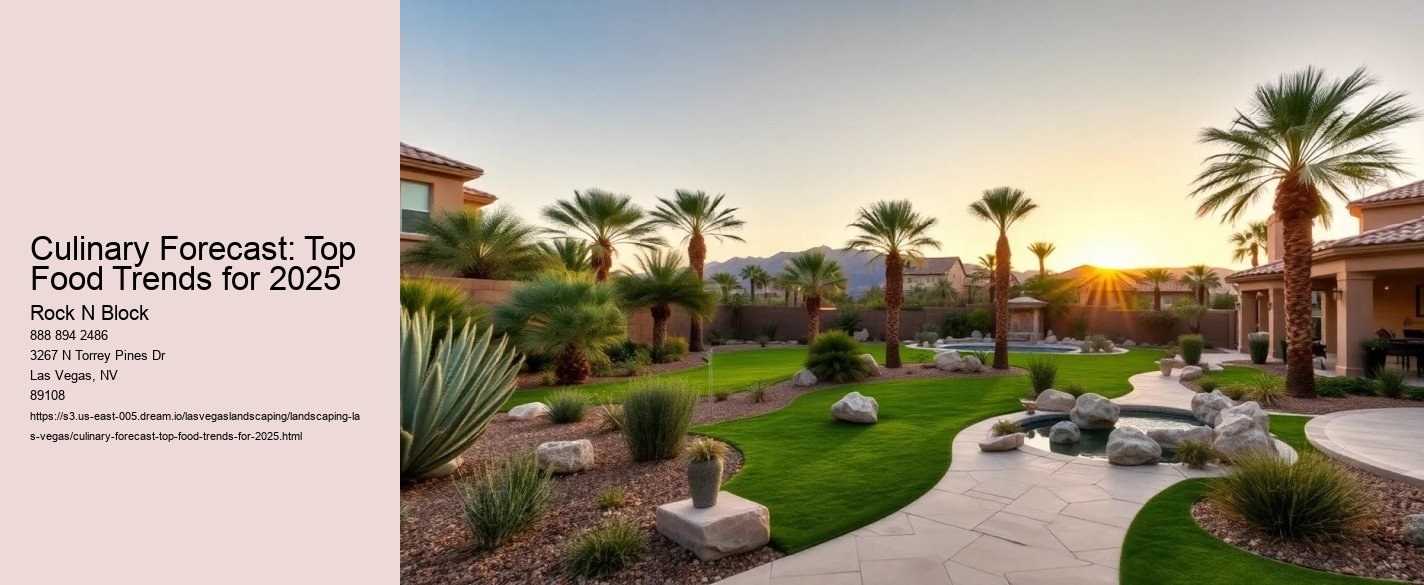Embracing Automation and Artificial Intelligence
Embracing Automation and Artificial Intelligence to Optimize Performance in 2025
As we approach the year 2025, it is coming to be significantly clear that automation and artificial intelligence (AI) are no longer just soaring ideas and buzzwords, yet substantial devices that can transform our efficiency and performance. best Las Vegas Landscaping Nevada. By welcoming these innovations, we can open extraordinary degrees of efficiency and simplify our tasks for the future.
Automation takes over repetitive jobs, liberating our time to focus on higher-level obligations. For example, in the business context, automation devices can handle scheduling, customer service, data entrance, and several other management tasks.
Culinary Forecast: Top Food Trends for 2025 - eco-friendly home landscaping Las Vegas
- professional landscapers Las Vegas
- affordable backyard landscaping Las Vegas NV
- sustainable landscaping Las Vegas NV
- best rated landscapers Las Vegas NV
- best landscaping companies in Las Vegas
Expert system improves automation to a whole brand-new level.
Culinary Forecast: Top Food Trends for 2025 - shade landscaping solutions Las Vegas
- Las Vegas xeriscape ideas
- landscaping crews Las Vegas NV
- top landscaping firms in Las Vegas
- residential xeriscaping Las Vegas NV
- landscape rock delivery Las Vegas
Moreover, the assimilation of AI and automation can produce smart automation systems with the ability of self-improvement. These systems can gain from their errors and constantly enhance their procedures, resulting in an ever-increasing performance.
Nonetheless, welcoming automation and AI does not imply removing the human aspect. These innovations are devices that are suggested to augment human abilities, not change them. They can take control of the mundane jobs and provide us with more space to use our imagination, essential thinking, and emotional knowledge - abilities that are uniquely human and irreplaceable.
In order to profit of automation and AI, we require to prepare. This entails getting new skills and knowledge, promoting a society of constant discovering, and adapting our mindset to this swiftly altering world. We need to additionally resolve ethical and social concerns connected to these technologies, like work variation and privacy issues, by executing thoughtful plans and regulations.

To conclude, as we expect maximizing our effectiveness in 2025, it is critical that we embrace automation and AI. These innovations hold immense capacity to reinvent our performance and effectiveness. Nevertheless, it is just as vital that we approach them with a human-centered viewpoint - leveraging them as devices to increase our abilities, while likewise attending to the accompanying difficulties properly. As we browse this exciting age of technological improvement, our success will certainly rest on our capacity to
Leveraging Digital and Increased Truth for Efficiency
Leveraging Online and Increased Truth for Effectiveness in 2025
As we stand on the verge of a technical change, the arrival of Digital Truth (VR) and Enhanced Reality (AR) guarantees to redefine our understanding of performance and productivity. By 2025, leveraging these technologies will be critical in optimizing efficiency across different fields, from company and industry to education and learning and health care.
Online Reality, with its immersive, three-dimensional user interface, will transform the method we work. With VR, physical restrictions become unnecessary. VR headsets can move us to digital workplaces, making it possible for remote work without losing the advantages of a physical office. Conferences can happen in online areas, getting rid of the demand for travel and its connected prices and time.
Moreover, training and development, frequently a resource-intensive procedure, can be transformed by virtual reality. Facility procedures, be it in medical surgical treatment or aircraft upkeep, can be exercised in a controlled and safe virtual setting. This not just improves the discovering experience however also significantly decreases the cost of training.

Enhanced Truth, on the other hand, superimposes electronic information onto the real world. In a professional context, this means that data and analytics can be accessed and shared in real-time. Picture an auto mechanic that can see the plan of a machine overlaid on the actual tools, or a store that can visualize the sales information on the shop floor itself. This combination of data right into our instant environment will certainly enhance decision-making processes, thus raising performance.
In 2025, it is expected that AR and VR will be important to wise home systems, enhancing power usage, and automating family jobs. From pre-heating your stove on your commute home to readjusting lights based upon ambient conditions, these modern technologies will certainly make our homes a lot more energy-efficient and our lives more convenient.
Nonetheless, to maximize performance with VR and AR, it is vital to deal with the obstacles that accompany these technologies. Problems about personal privacy, data safety and security, and the electronic divide has to be addressed. In addition, the potential for over-dependence on innovation and the subsequent loss of human touch in interactions is a significant concern.
In conclusion, by 2025, VR and AR will certainly have the potential to redefine effectiveness in our individual and specialist lives. Leveraging these modern technologies will need a mindful equilibrium of advancement and guideline. Yet with the appropriate approach, the VR and AR transformation can lead us right into a future where effectiveness is not almost doing more with much less, however concerning enhancing the quality of our work and our lives.
Adapting to the Future of Remote Work
Adjusting to the Future of Remote Work: Exactly How to Optimize Your Effectiveness in 2025

As we look in the direction of the future, it appears that the globe of job is transforming. The conventional office setting is making way for a much more flexible, remote working arrangement. By 2025, it is prepared for that a considerable part of the international workforce will be functioning remotely, either full-time or part-time. This shift offers many advantages, consisting of raised versatility and the chance for a much healthier work-life balance. Nevertheless, it additionally presents distinct obstacles that call for effective adaptation to make best use of performance and success.
In adapting to the future of remote work, it is important to very first embrace the technical improvements at our disposal. By 2025, we anticipate to see further developments in interaction, partnership, and task monitoring tools. These technical advancements will assist to bridge the space developed by physical range, guaranteeing groups can collaborate effortlessly despite their location. As a result, staying abreast with these technological shifts and incorporating them right into our daily procedures is paramount.
Secondly, we need to cultivate the best frame of mind. Remote job is not nearly functioning from home; its concerning being able to function properly and efficiently in a non-traditional environment. This requires self-control, inspiration, and outstanding time management abilities. Its regarding creating the capacity to individually handle your tasks and deliver within deadlines.
Thirdly, it is necessary to establish clear interaction networks and protocols. With employee dispersed across various locations and potentially time zones, clear and concise communication is vital. Regular check-ins, comments sessions and open lines of interaction can aid to guarantee everybody gets on the same web page and working towards the very same objectives.
In 2025, we could likewise see a rise in the concept of coworking areas.
Culinary Forecast: Top Food Trends for 2025 - eco-friendly home landscaping Las Vegas
- tree trimming and landscaping Las Vegas
- Las Vegas backyard garden bed installation
- Las Vegas landscape and irrigation services
- landscapers near North Las Vegas NV
- tree and shrub planting Las Vegas
Finally, its about achieving a work-life equilibrium. One of the most significant difficulties of remote job is the blurring of boundaries between individual and specialist life. It is important to create clear delineations between work and personal time to make certain both balls of life are nurtured and neither is neglected.
In conclusion, as we adapt to the future of remote job, it is vital to accept the technical developments that facilitate this change, cultivate the best state of mind, develop
Buying Continuous Knowing and Skill Advancement
Purchasing Constant Discovering and Skill Growth: A Secret to Optimize Your Efficiency in 2025
As we continue to navigate with the 21st century, the dynamics of the international economy and the office continue to evolve at an unprecedented pace. This fast adjustment, fueled by technical improvements and digitization, demands individuals to constantly upgrade their skills and expertise.
Culinary Forecast: Top Food Trends for 2025 - Las Vegas landscaping with artificial turf
- shade landscaping solutions Las Vegas
- eco-friendly home landscaping Las Vegas
- shade structures and pergolas Las Vegas
- landscaping contractors Las Vegas
- Las Vegas landscaping with artificial turf
Continual understanding is the process of continuously obtaining and updating all kinds of abilities, expertise, and insights from both formal and informal learning experiences to foster personal and professional development. It includes a large range of activities, including reading, participating in workshops and workshops, participating in on-line training courses, and going after advanced degrees.
In the context of 2025, several variables make constant knowing and ability development crucial. Firstly, the fast innovation of modern technology, such as Expert System (AI), robotics, and artificial intelligence, is interrupting conventional task duties and producing brand-new ones.
Culinary Forecast: Top Food Trends for 2025 - shade landscaping solutions Las Vegas
- Las Vegas front and backyard landscaping
- top-rated irrigation installers Las Vegas
- trusted Las Vegas landscaping professionals
- fire-safe landscaping Las Vegas
- licensed landscapers Las Vegas NV
Secondly, the business landscape in 2025 is anticipated to be extra competitive and unpredictable. Continuous knowing allows individuals to adapt to these modifications by outfitting them with the essential abilities to take on complex issues, make informed choices, and introduce.
Thirdly, the COVID-19 pandemic has highlighted the importance of versatility and resilience, which can be promoted through continual knowing. The pandemic has sped up the change to remote job and digital systems, necessitating effectiveness in digital abilities and the capacity to promptly adjust to brand-new working environments.
As the nature of job progresses, soft skills such as emotional knowledge, important thinking, and imagination end up being equally crucial. Continual understanding not only helps in enhancing these abilities however also promotes a development mindset. This way of thinking, identified by the belief that capabilities and intelligence can be established, is vital for thriving in the dynamic globe of 2025.
To conclude, purchasing constant knowing and ability development is essential for taking full advantage of efficiency in 2025. It equips individuals with the needed technological and soft skills, advertises adaptability and strength, and promotes a growth mindset. Amidst the hectic technological and financial adjustments, those that pick to be long-lasting students will certainly be better placed to seize chances and browse obstacles in the future. The future belongs to those that discover, unlearn, and relearn in a never-ending cycle of individual




